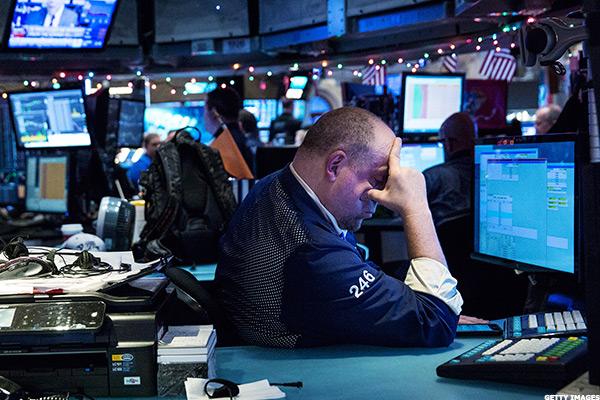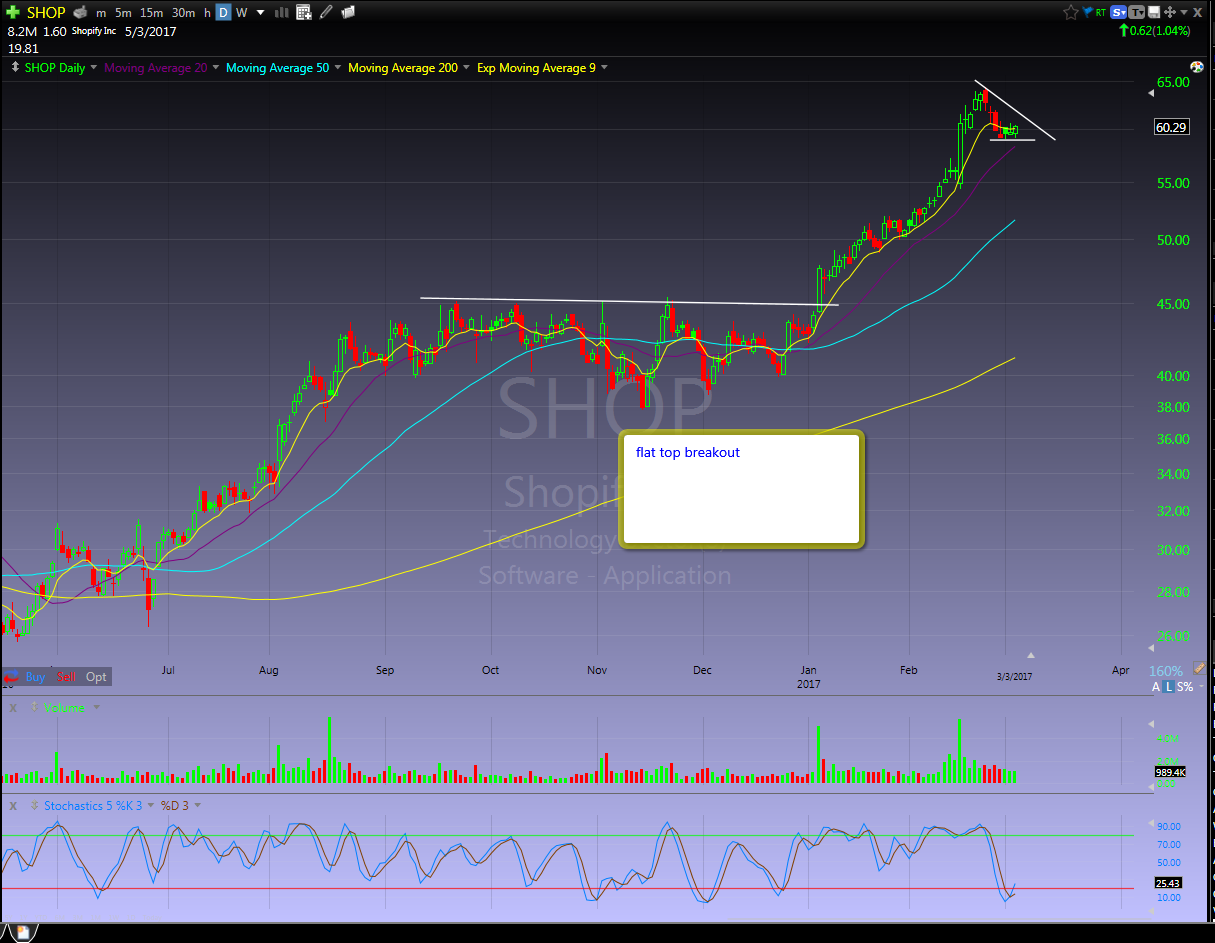Reblog: 7 Habits of Highly Successful Traders

There are seven things that I believe are pretty common in the successful traders I have known, read about, and seen in action. Whether it is stock trader Nicolas Darvas in the sixties, commodity trader Ed Seykota in the twentieth century, or Jesse Livermore at the turn of the last century, many of their principles hold true to this day. The closer I get to these principles, the better I trade. The farther I stray from them, the worse I do. In trading, discipline pays. Adopt these seven habits of highly successful traders.
- Traders must have the perseverance to stick to trading until they are successful. Many of the best traders are the ones that had the strength to push through the pain, learn from their mistakes, and keep at it until they made it.
- Great traders cut losing trades short. The ability to accept that you are wrong and put your ego aside is the key to personal and professional success.
Continue Reading →












